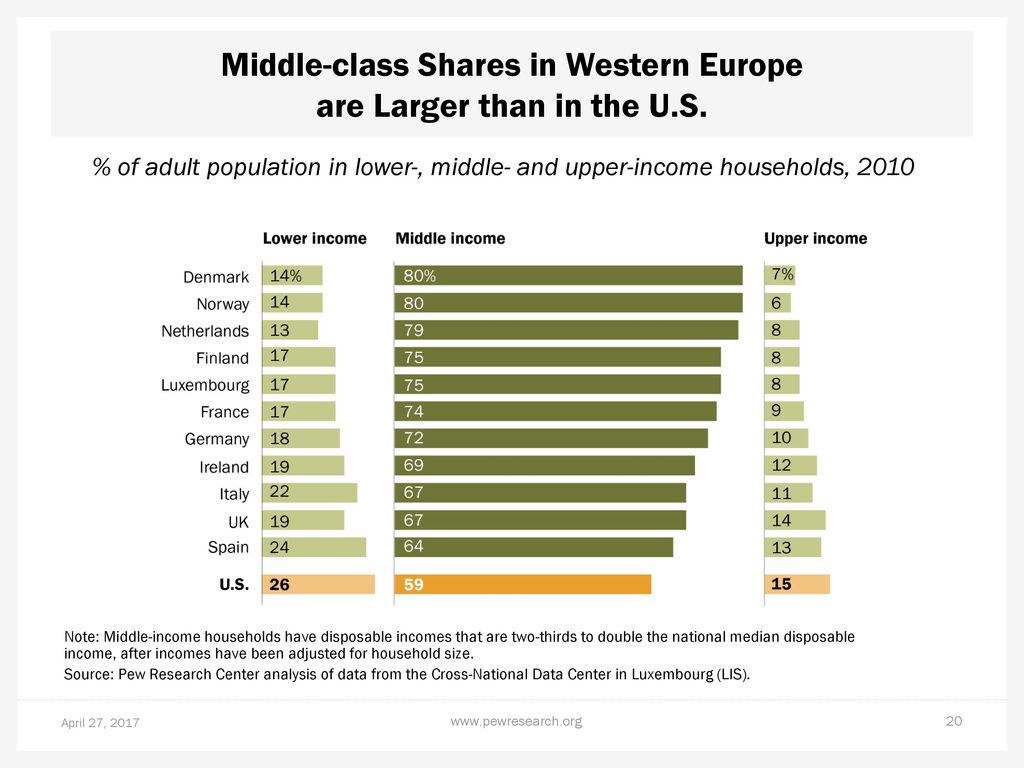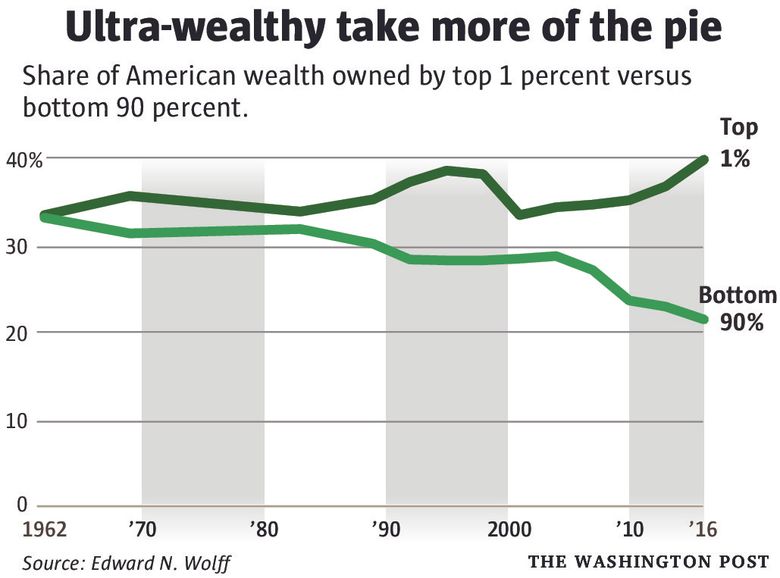I think there are two stands of thought here, both of which there isn't a right or wrong yet, though many think there is.
In Europe there's much more of a social safety net and livability index although we take home less money, and work less. In the US more vice versa.
But in Europe what you lose in money you gain in security, and can be argued you even save in wealth (the public cost of crime/ inequality for example). You'll worry less about losing your job, you'll get more paid mandatory holidays, and there's less division and inequality. Your cities are also eminently more livable.
To reach this stage you do have to stump up the cash for the poor, but that should elevate them or at least their children so that poverty doesn't get ingrained within family or community lines. However get this wrong (a simple act of ghettoisation whether physically or mentally) and the poverty can become an institutionalised trap, with all the mod cons associated, such as crime, division, racism, miseducation. In short you can end up with high tax burdens yet high social divisions and crime despite, in the same way as the opposite camp still paying top dollar for personal securitisation, health and combatting crime rather than enjoying lower taxes. This is pretty much a picture of the failures of the postwar world that culminated in the 1980s and 90s, a legacy of the 'commie blocks' of UK, Belgium and France (though in Northern and Eastern Europe they worked well in that period) and the suburban 'White' flight, gated communities and McMansions of the US.
Since then thousands of those highrises (read: class ghettoes) have been demolished (for example London alone has taken down 500, Birmingham 300), and been replaced with high density mixed income developments, coupled with strong community investment (which saves on social costs in the long run). Also the welfare state has been curbed - now jobseekers no longer get free passes into benefit traps, free healthcare is part-subsidised by the patient at very low costs (for example they'll pay for one off medication, but everything else or long term is free), and free housing is increasingly under attack as the pool dwindles and waiting lists lengthen (this has not been a success, creating a whole new raft of problems as seen in the housing crises/ bubbles).
For example in Europe, a city may technically have thousands of homeless people, the same or an increase from the dark days of the 80s, but only a handful sleep rough anymore and the rest get housed each night. A city may have multiple times more crimes than their equivalent in the US, but a tiny percentage of homicide. In some countries and cities immigrants earn more than natives, in places like the UK Blacks in some years earn more on average than Whites such is the narrowness of the pay gap (but even then it was a national scandal that a 10% inequality existed, when the results came out in 2017). The average difference between White and the most maligned minority is only 15%, whereas in the US it can be over half.

 https://www.economist.com/sites/defa...707_USC957.png
https://www.economist.com/sites/defa...707_USC957.png
The result nowadays are the local councils have almost too much tax to spend, as the running costs of crime, inequality and poverty has reduced so dramatically. But this has also meant an increase in corruption and tender processes, where fitting a lightbulb into a school can now cost $100 for an unscrupulous council.
In short your trade off will be - less pay/ spending for better livability, opportunity, equality for the working and middle classes, access and free time. But this can go wrong and relies on a strong economy to pull off, otherwise you may end up with the worst of both worlds.
I think the US could learn from this both in terms of the successes and mistakes made, and economically too. For example the amount of middle classes in the 1950s US was 70%, and has since dwindled to 50%, and the opposite for Europe. Rich as many Americans are, they could be even richer and live easier.

 www.theatlantic.com
www.theatlantic.com,
https://assets.pewresearch.org
 https://slideplayer.com
https://slideplayer.com
However that has been fantastic for US corporations and economic 'growth', thanks to the UHNWI/ 1% that holds the majority of the money.

...
In short the European approach will give you a richer populace/ society at large, the US a richer economy at large.



